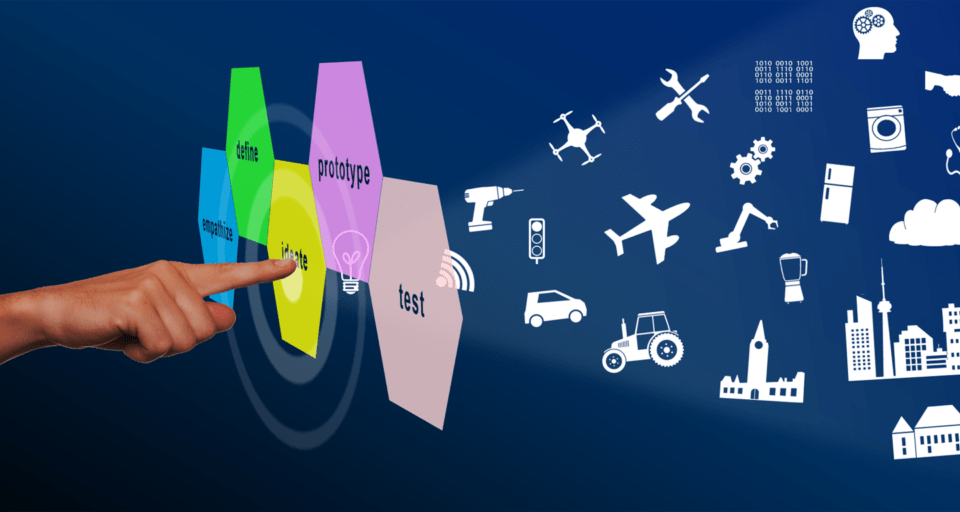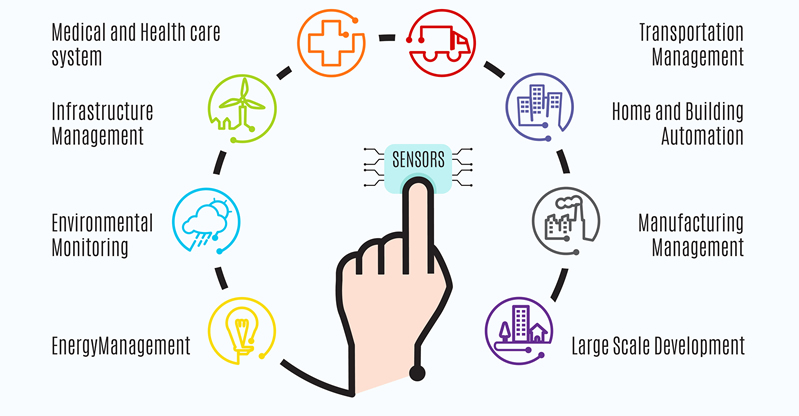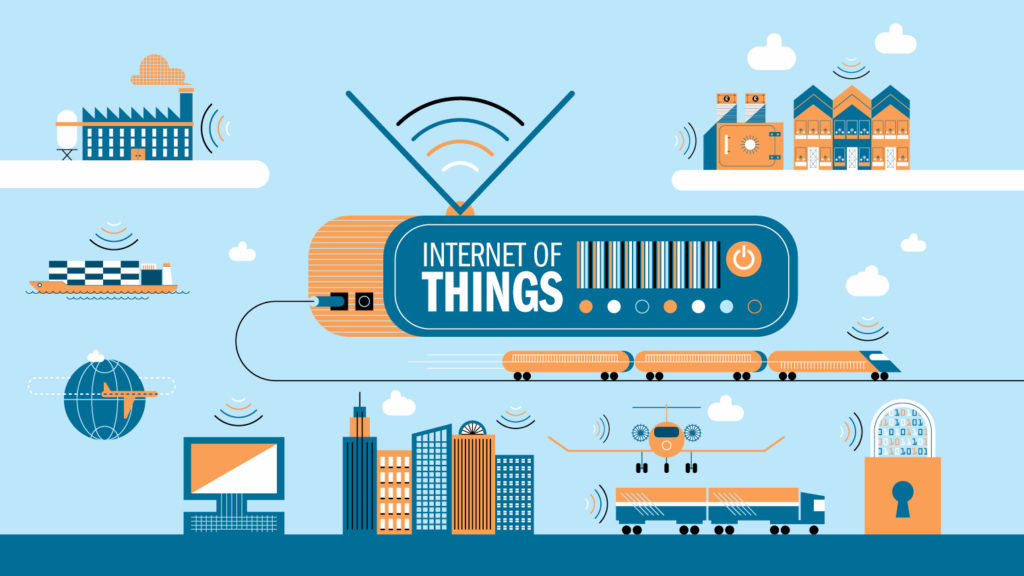Internet of Thinking Or IoT Is Being Used A Lot These Days: Let Us Know How?
AI, robotics, immerse reality, connected devices- all of them are undoubtedly huge technological boons but at the same time, they are collectively putting a strain on infrastructure that founded upon. So, as we are becoming more demanding about data we are asking, is it time rethink now and where our data is handled. The internet of thinking is a very curious turn of phrase. It is actually one of the favorite areas that have been talked about in the vision this year, being an interesting term, it also captures what’s happening as intelligent enterprises move forward And talking about the fact that intelligence is something that needs to be embedded in many different parts of the organization, or in many different parts of your operations.
What Internet Of Thinking Actually Means?
The internet of thinking is about how you tie all these different intelligent technology components together in the right way to accomplish what you are doing from a business perspective. If you are in a consumer industry, it might be the device in the consumer’s living room or that they are wearing on the wrist. If you are in the manufacturing company, it might be on your trucks or out in your manufacturing operations.

As we are applying more intelligence, it’s not just all one centralized big-brain system that’s doing this for organizations; it’s intelligence at the edge in many cases, its off-board or off-line intelligence combined together with different, more centralized means. And that’s what we mean when we talk about the internet of thinking, it’s how do you assemble the right enterprise capabilities out of this very distributed set of capabilities that you need to build around your organization.
We have become accustomed to the cloud being such a great servant for us in terms of being able to cope with all our demands over the last 10 years, companies just offloading everything to the cloud. The kind of trends we are seeing today is that the processing of the data is not staying in the cloud right now, but is going more towards where the action is, we call that the edge. That’s why we see things like IoT, edge IoT, coming back to the device itself.
If we look at where the technology is going with the driverless cars, with more sensors everywhere like in the fabs, manufacturing, in our homes or on the persons, everything, it means two things that we need to increase the potential of the semiconductor chips that are built. Secondly, we need to think about is the computing power needed at this level and to figure out exactly what is absolutely needed and what is not because we will have to make priorities in the algorithm of what needs to be at the edge and what needs to remain in the cloud.
There’s a lot of rethinking about architecture, leveraging micro-services and some other stuff like that. It is actually to personalize and customize every solution, the hardware to the software; to the cloud depending on what exactly it is that is happening. An example of something like NeuroPace, essentially a small little device, it’s surgically implanted, is self-contained, to monitor, look for signs of the seizure happening and then when it does it sends out pulses to help control them.

Impact Of Internet Of Thinking
Amazingly, this internet of things is reducing things by 40- to 44 percent. They are figuring these out by periodically uploading the data back to a database that’s going to take not one individual, but every single person using this and using the signals, the data, they are getting off it in order to refine, to create better algorithms then go down back to the device in order to make it better through every iteration.
Read More About Block-Chain Technology
We have been hearing about the change in trends or shifts in the balance of power between the cloud and back to the edge, device-level processing. It’s all about consumer expectations. As things have evolved we are looking for the objects around us to become more and more intelligent giving us instant feedback, and instant gratification. And in order to that we need much more advanced compute-power at the edge with these devices and then to communicate back with the enterprise, make sense of the data that is being used and use that to develop new products and services meeting those consumer expectations. A lot of companies have to take a hard look at hardware for upgrades. There always be more compute-power but we are reaching the limits of some of that.
So, companies are reinvesting in their infrastructure and look at having software accelerators that will help them reach the next level of hardware computer processing. Also being able to provide that instant intelligence that not only customers are demanding, but that a lot of different devices will demand even if you think about autonomous driving cars, or extended reality headsets and more. It does mean a whole new level of thinking about partnerships with some companies as the semiconductor industries is poised to form new partnerships because it is simply that most organizations won’t be able to invest very quickly in their own hardware and infrastructure.








